Easy and Beautiful Diwali Rangoli Designs and Patterns
Diwali, the Festival of Lights, is one of the most vibrant celebrations in India. Among the many customs, creating beautiful Rangoli designs at the entrance of homes holds special significance. These colorful patterns not only welcome guests but are also believed to bring prosperity and joy. On this page, kids and families can explore a variety of easy and fun Rangoli ideas to make their Deepavali celebrations even more special.
What is Rangoli and Why is it Made During Diwali?
The word "Rangoli" which is a Sanskrit word is a creative expression of art that is drawn with the use of colors. Thus it can well be said that the word rangoli is derived from the words 'rang' which means color and 'aavalli' which means row. Thus combining both the words, the word "rangoli" means row of colors.
Thus to be precise, Rangoli is the art of drawing images and motifs on the floor and walls of one's home using different color powders which is designed with a beautiful combination of various colors. Though a rangoli is generally a kind of floor painting that is used as a sign of welcome, however the main purpose of making rangolis in diwali is to welcome Goddess Laxmi, the Goddess of wealth, to individual homes and thus to cast away all kinds of evils from the periphery of the household .
Though the idea of creating these designs was mainly originated from the state of Maharashtra, however the art is duly practised everywhere and in every part of the country. Thus this kind of art assumes different regional names for it is known as "Rangoli" itself in the state of Maharashtra, Alpana in Bengal, and Kolam in South India. Thus it is one of the most popular arts among Indian women which find its roots in the old age custom of India, and practiced all over the country.
Thus the practise of drawing Rangoli designs is passed down through generations, with some of them being hundreds of years old. Though the designs vary in different sections of India, however the basic approach is common. The designs are geometric and proportioned. It has been a tradition in culturally rich India to draw Rangoli on the festivals and other auspicious occasions as it is considered a holy ritual. There is a unique relationship between the festival of diwali and rangoli. Diwali is a major festival of India and drawing rangoli on diwali is a part of diwali celebrations.
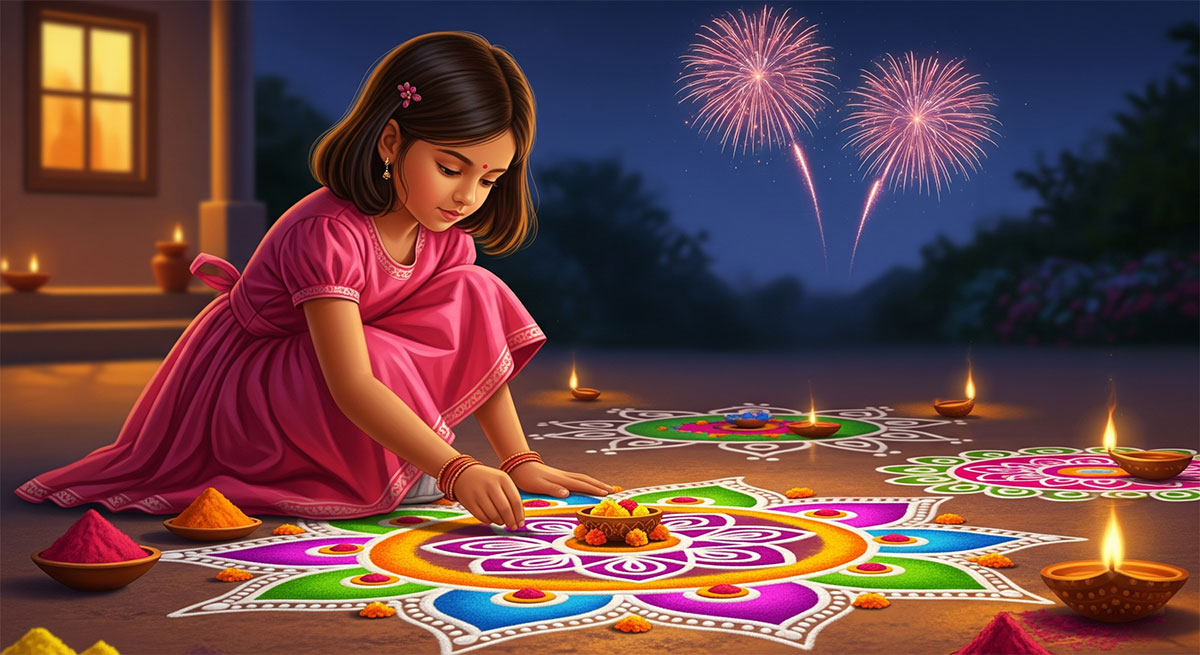
Rangoli Decoration Themes
Rangoli are not only some blank designs but have same meanings it in for they are generally based on themes like that of celestial symbols (such as the rising sun, moon, stars, zodiac signs), holy symbols (like Om, mangal kalash, swastika, chakra, a lighted Deepak, trident, "shree", lotus). However the commonly used Goddess Lakshmi in the lotus symbolizes the figure of renewed life. some of the other popular themes that are widely used are that of natural images like flowers, creepers, trees, fish, birds, elephants, dancing figures, human figures and geometrical figures such as circles, semi-circles, triangles, squares and rectangles.
Thus drawing of Diwali rangoli at the entrance door of individual homes is the common sight during Diwali decoration. The drawing of the footsteps of Goddess Lakshmi at the main entrance of the home or near the place of worship can be considered auspicious for this design indicates the entrance of prosperity in the home. This is thus special Diwali rangoli for the entrance.
However it is not mandatory for one to stick to these age old designs for the theme and design of a Diwali Rangoli is quite dependent upon the creativity and imagination of an individual. The Rangoli can thus be improvised into diverse visual art forms. It is a delight to see the colorful designs unfold in the lights and fireworks of Diwali. It is thus a treat to the ears and eyes of an individual.
Materials You Need to Make a Rangoli
Though a variety of ingredients are used to create a Rangoli however the synthetic dyes are widely used in the recent times to deliver a bright hue. Moreover since Rangoli are mainly floor art, powdered colors are used on cleaned floors to form the decorations. The powder is created by grinding rice flour. In fact finely ground white stone powder is also widely used these days, as it is way easier to apply and thus makes the rangolis brighter and well finished. And in order to give the best look, one can also consider mixing rice flour along with the white stone powder so as to make the preparation even better. The powder is then taken in a pinch and is applied with the help of the thumb and the forefinger.
Moreover in order to give a three-dimensional look to your rangoli, consider shading it by adding cereals, pulses either in their natural coloring or tinted with natural dyes. And if you prefer staying back with the two-dimensional designs then do enhance your designs by adding colored powder of rice, brick, chilly, turmeric, etc. However in the south Indian states like Kerala, flowers like marigolds and chrysanthemums and leaves are also used to create Rangoli.
Get Creative: Make Your Own Diwali Rangoli
 Change Language:
Change Language:
Try out the other sections


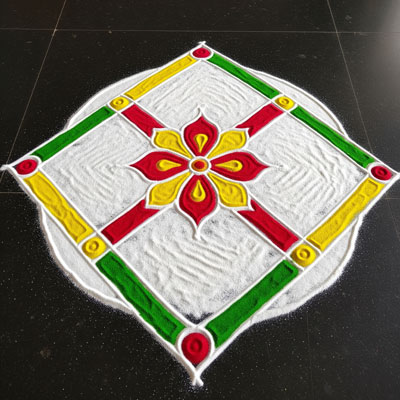
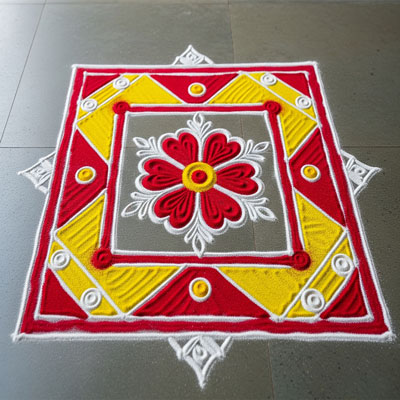
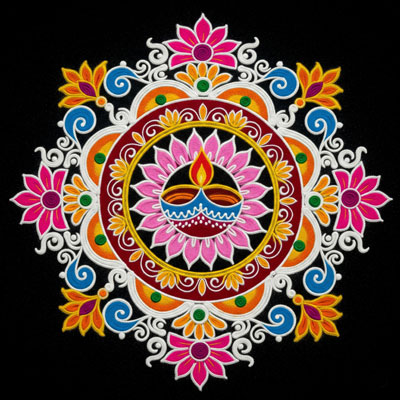
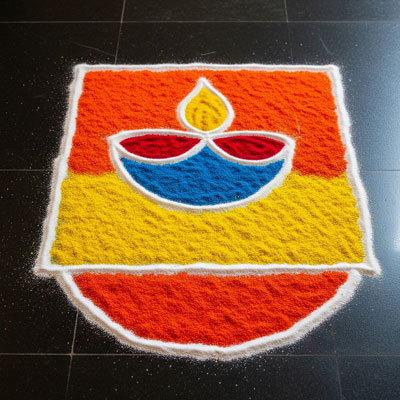
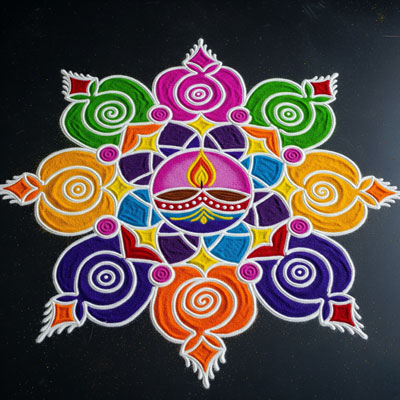
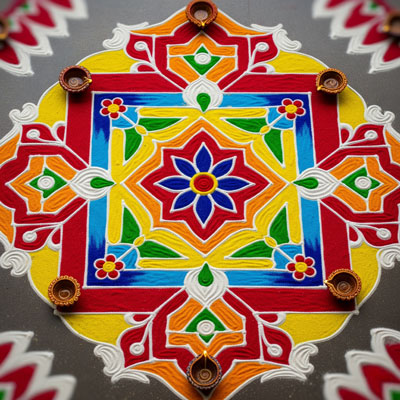
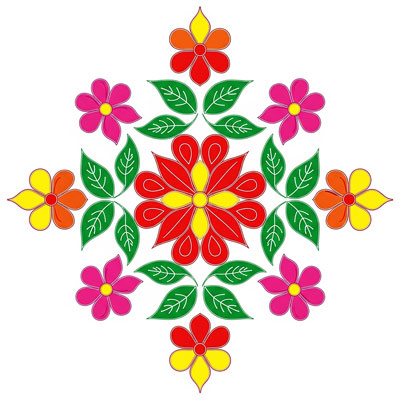
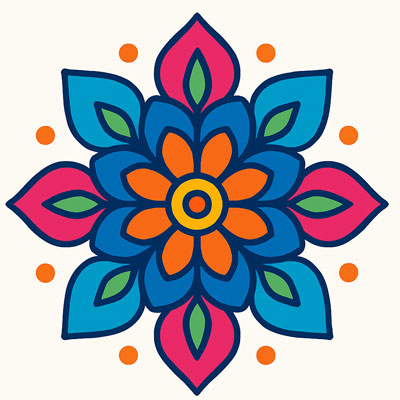
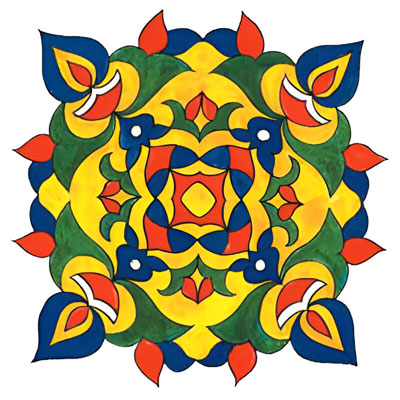
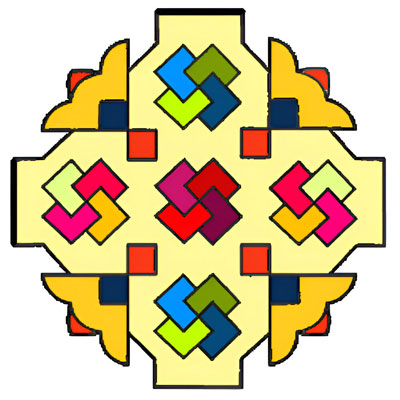
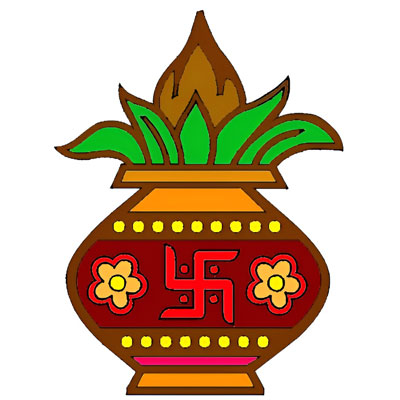
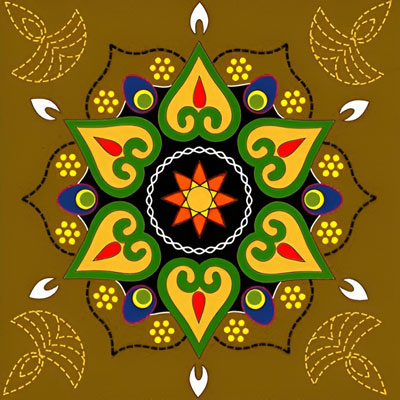
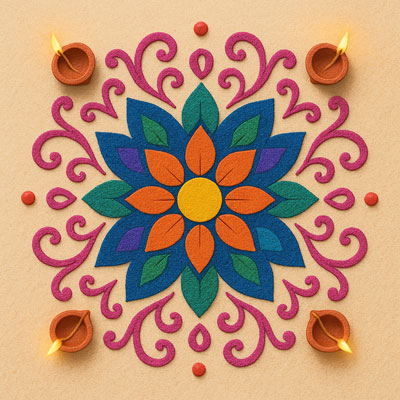
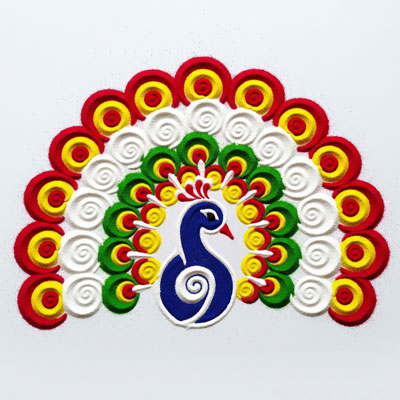
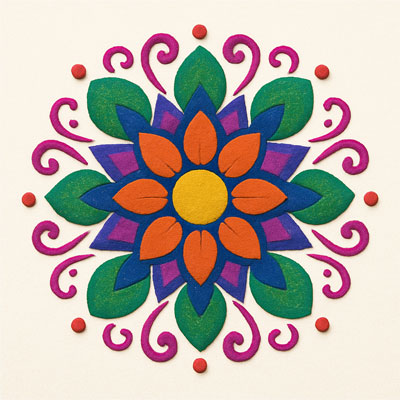
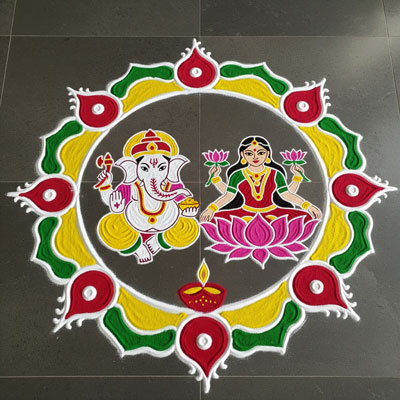
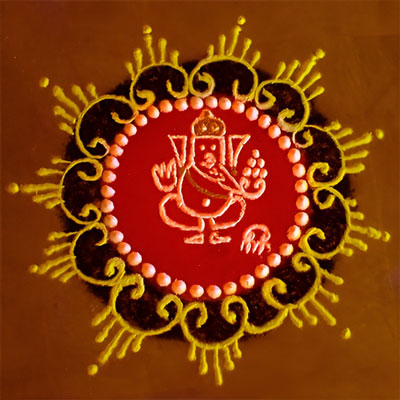
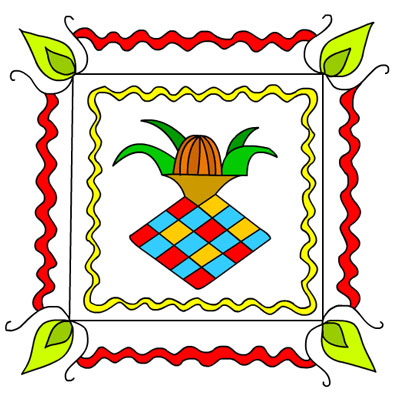
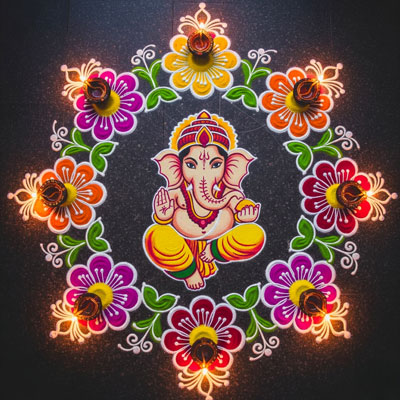
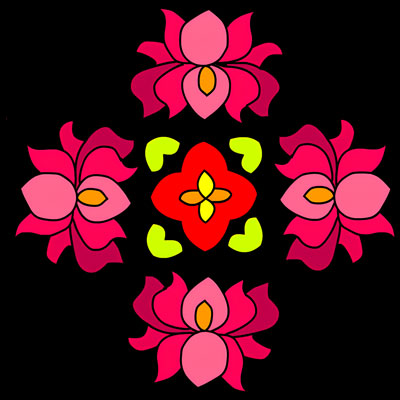
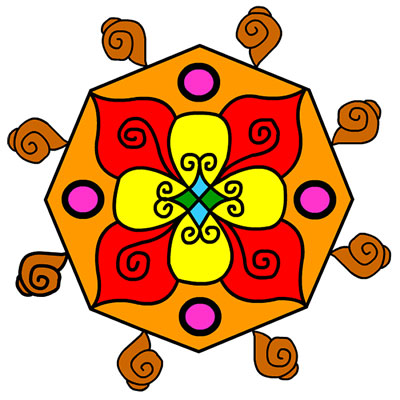
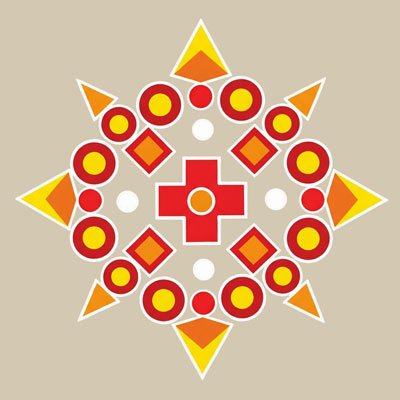
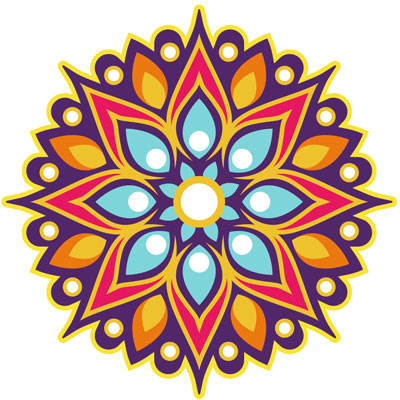
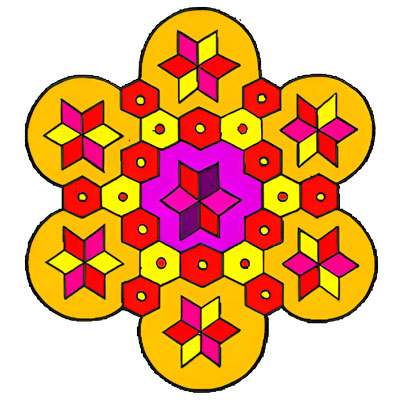
 Christmas
Christmas Thanksgiving
Thanksgiving Craft Ideas for Kids
Craft Ideas for Kids Benefits of Yoga for Kids
Benefits of Yoga for Kids School Projects & Homework Help
School Projects & Homework Help